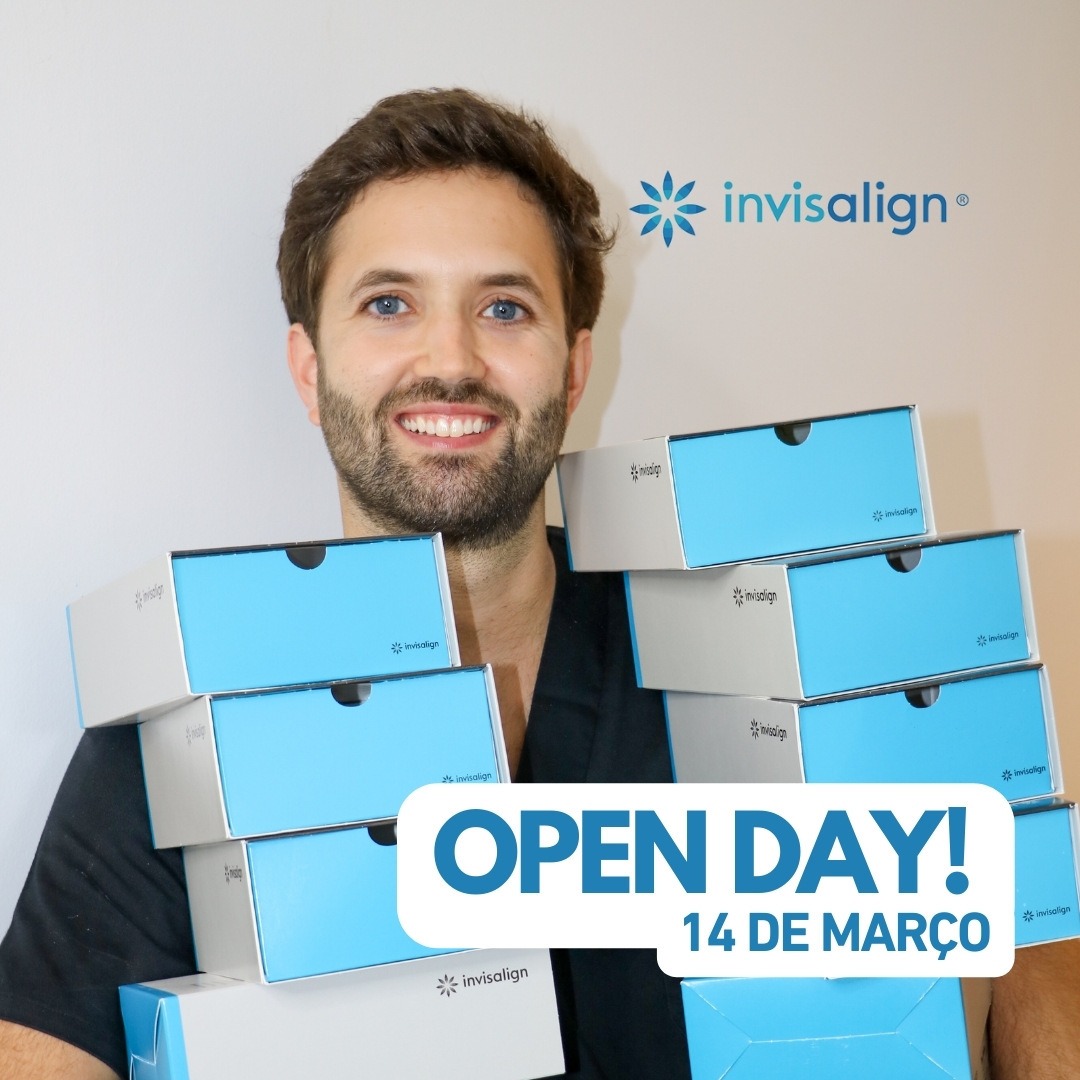Oral Rehabilitation aims to care for the structures of the mouth in order to restore their appearance and functionality. This is the area of dentistry responsible for correcting problems in the structures of the oral cavity (teeth, gums or bones) in order to restore their functionality and aesthetics. Rehabilitation can be total or partial, depending on the patient’s needs, i.e. whether there are still healthy structures that can be used or not. If not, a generalized, in-depth and complex approach is required. Oral Rehabilitation requires a multidisciplinary approach that includes specialties such as: Oral Rehabilitation is aimed at anyone who wants to improve the functionality of their mouth or restore the aesthetics of their smile. However, this area of dentistry is especially sought after by those with one or more of the following problems: The new techniques that have been discovered mean that Oral Rehabilitation treatments are increasingly successful and have better results. Some of the most common and effective Oral Rehabilitation procedures are: These replace the roots of lost teeth. Normally, after the implants have been placed, a prosthesis is fitted, which will improve the aesthetics of the patient’s smile; These replace one or more natural teeth. They can be placed on implants permanently or removed later, depending on the patient’s needs; They serve as a very thin cover that is fixed to the outer surface of some teeth, correcting their shade, shape, slight misalignments or diastemas with natural effects. They can be made of ceramic (more resistant) or composite resin; They can be fixed or removable and are used to correct the position of teeth and/or occlusion; Used to combat darkening of the teeth, harmonizing the shade of the smile; This removes tartar from the teeth, reducing the build-up of plaque and preventing inflammation; Used to help treat various disorders such as bruxism, gummy smiles, facial asymmetry and temporomandibular joint dysfunctions. In functional terms, Oral Rehabilitation makes it possible to restore the normal functioning of the mouth, in terms of its bone, joint and muscle structures, eliminating pain or discomfort when speaking or eating, for example. Thus, through Oral Rehabilitation it is possible to recover basic and essential functions such as diction, occlusion and chewing. In this sense, other functions are improved, because if food is chewed better, the digestive process will also benefit. Tasting and taste buds are also improved. In aesthetic terms, Oral Rehabilitation provides greater harmony and facial symmetry, rejuvenating the patient’s face by better framing their smile. As such, Oral Rehabilitation helps to increase the patient’s self-esteem and self-confidence, improving their social and professional relationships. There are situations in which fixed dental prostheses are advisable. This is the case with: We reply within a maximum of 24 working hours. Oral
RehabilitationWhat specialties does Oral Rehabilitation use?
Who is Oral Rehabilitation aimed at?
What types of treatment are used in Oral Rehabilitation?:
Dental implants
Fixed or removable prostheses
Dental veneers
Dental braces
Teeth whitening
Scaling
Application of Botulinum Toxin (Botox) and/or Hyaluronic Acid
What are the main advantages of Oral Rehabilitation?
In what situations are fixed dental prostheses recommended?
Frequently Asked Questions
BOOK YOUR APPOINTMENT ONLINE
Contact us
Oral Rehabilitation Team











